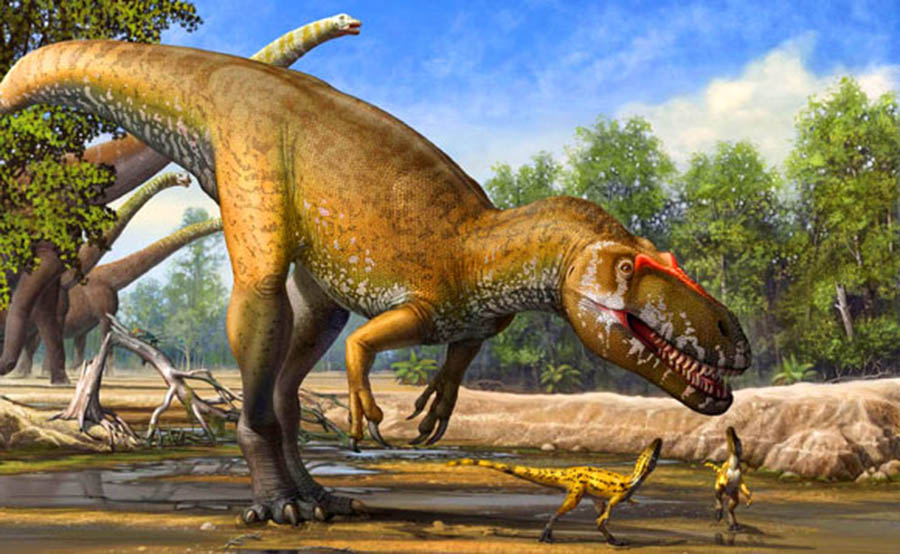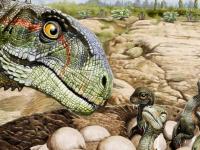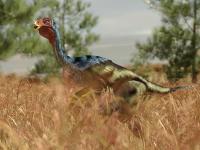Non-Avian Dinosaurs Were Not in Decline Prior to Their Extinction

A new analysis of non-avian dinosaur diversity shows they were not in decline and were still capable of generating new species at the time of their extinction by the Chicxulub asteroid hit 66 million years ago (Cretaceous period).
Dinosaurs were widespread globally at the time of the asteroid impact at the end of the Late Cretaceous epoch, occupying every continent on Earth and were the dominant form of animal of most terrestrial ecosystems.
However, it is still contentious amongst paleobiologists as to whether dinosaurs were declining in diversity at the time of their extinction.
In order to address this question, Joe Bonsor from the University of Bath and the Natural History Museum, London, and his colleagues collected a set of different dinosaur family trees and used statistical modeling to assess if each of the main dinosaur groups was still able to produce new species at this time.
They used statistical methods to overcome sampling biases, looking at the rates of speciation of dinosaur families rather than simply counting the number of species belonging to the family.
They found that dinosaurs were not in decline before the asteroid hit, contradicting some previous studies.
They also suggest that had the impact not occurred, dinosaurs might have continued to be the dominant group of land animals on the planet.
“Previous studies done by others have used various methods to draw the conclusion that dinosaurs would have died out anyway, as they were in decline towards the end of the Cretaceous period,” Bonsor said.
“However, we show that if you expand the dataset to include more recent dinosaur family trees and a broader set of dinosaur types, the results don’t actually all point to this conclusion — in fact only about half of them do.”
“The main point of our paper is that it isn’t as simple as looking at a few trees and making a decision.”
“The large unavoidable biases in the fossil record and lack of data can often show a decline in species, but this may not be a reflection of the reality at the time.”
“Our data don’t currently show they were in decline, in fact some groups such as hadrosaurs and ceratopsians were thriving and there’s no evidence to suggest they would have died out 66 million years ago had the extinction event not happened.”
The team’s results are published in the journal Royal Society Open Science.
_____
Joseph A. Bonsor et al. 2020. Dinosaur diversification rates were not in decline prior to the K-Pg boundary. R. Soc. open sci 7 (11): 201195; doi: 10.1098/rsos.201195
Source: www.sci-news.com/








